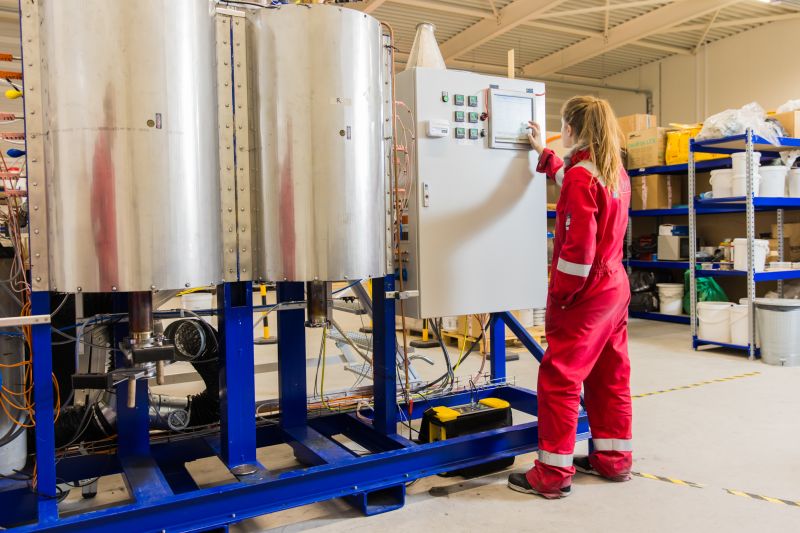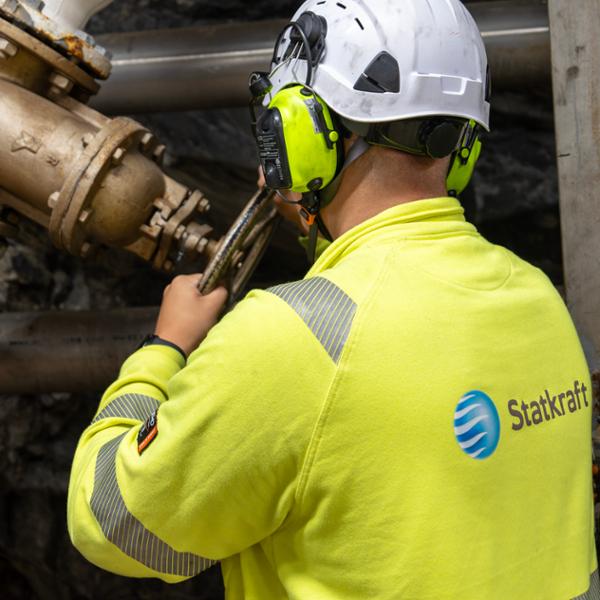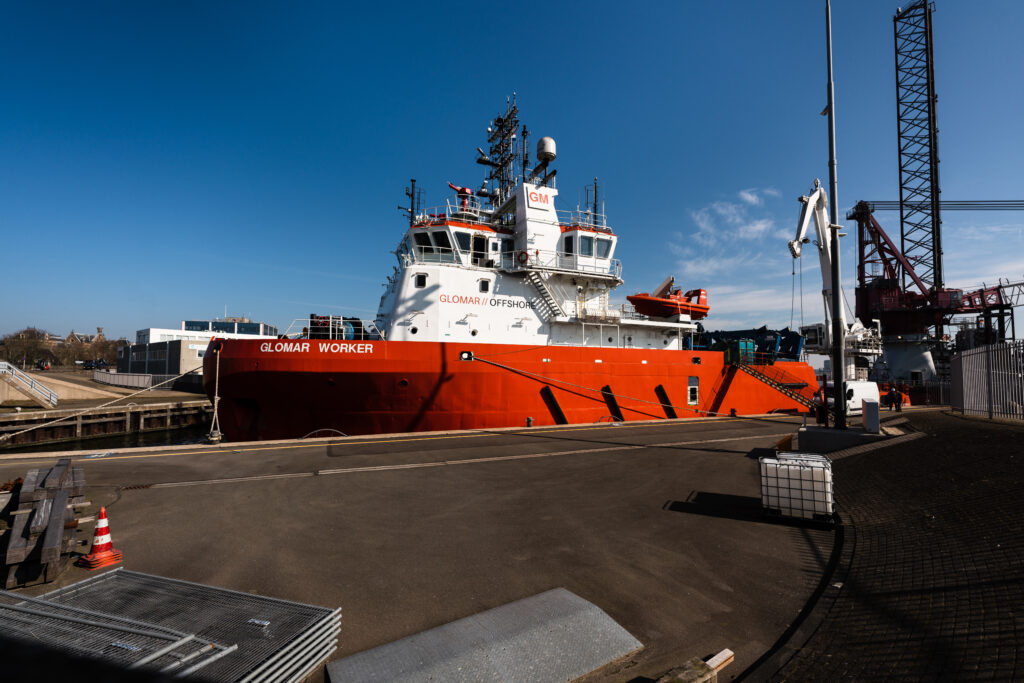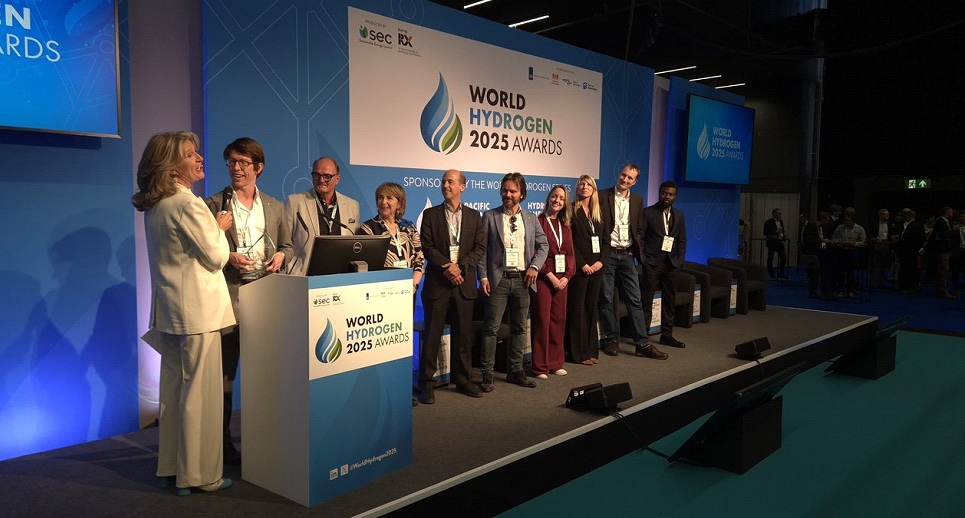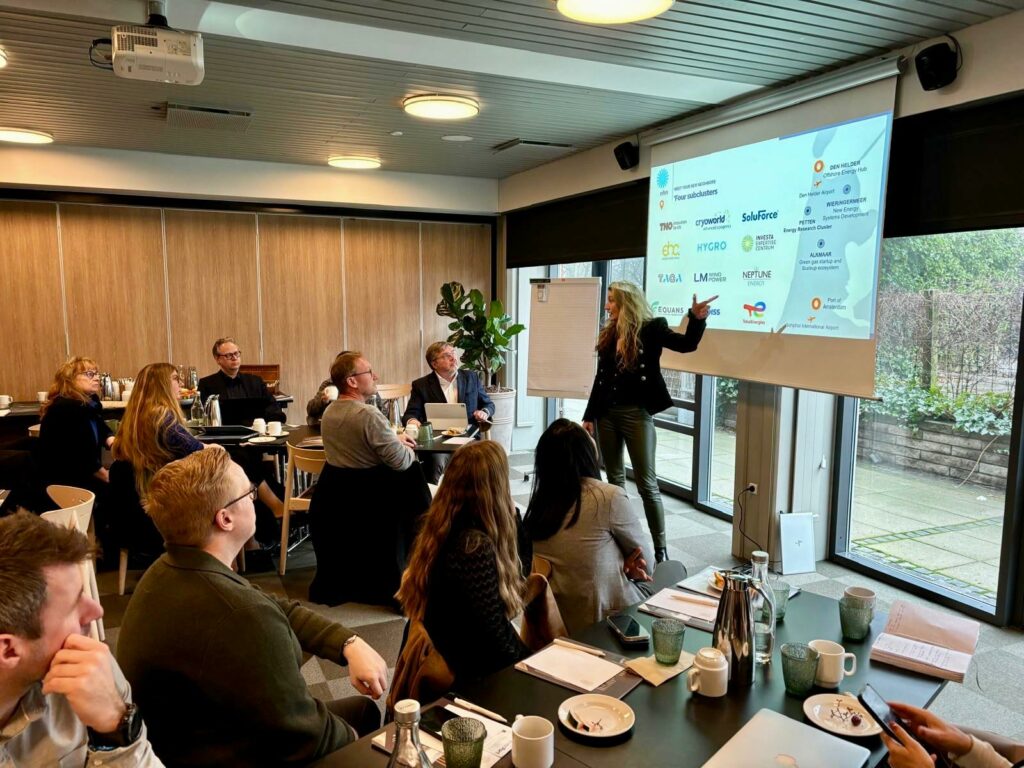North Holland is proving once again that it is a vital hub of innovation in the hydrogen economy—this time, in the sky. Cryoworld, based in Wieringerwerf, is playing a pivotal role in the development of hydrogen-powered aviation through its participation in the ICEFlight project (Innovative Cryogenic Electric Flight). The company’s advanced cryogenic technology enables efficient transmission of electricity aboard hydrogen-electric aircraft, drastically reducing cable mass and resistance.
Hydrogen in aviation: A national mission with a local heart
ICEFlight is a cutting-edge research initiative led by Airbus and executed within the Dutch public-private partnership Luchtvaart in Transitie, co-financed by the National Growth Fund. The consortium brings together leading Dutch industry players and research institutions, including Airbus Netherlands, Royal NLR (Netherlands Aerospace Centre), Delft University of Technology, and University of Twente.
Crucially, the project also includes two North Holland-based companies: Cryoworld and Futura Composites, both working under the umbrella of GKN Aerospace. Their involvement highlights the region’s strategic importance in the national and international hydrogen aviation ecosystem.
Why hydrogen? And why cryogenics?
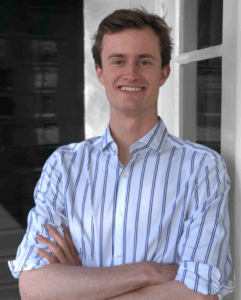
Hydrogen offers a compelling alternative to kerosene. It packs three times more energy per kilogram than traditional aviation fuel. However, in its liquid cryogenic form, hydrogen takes up four times more space, a challenge that calls for technical excellence in storage and energy transport.
“Storing hydrogen efficiently on board is one of the biggest challenges,” explains Jan-Willem van Zwieten, project manager at Airbus Netherlands. “You can’t store it in the wings like kerosene because it must remain in a cryogenic state, around 20 Kelvin, or -253°C, throughout the flight.”
Within ICEFlight, aircraft are powered by hydrogen fuel cells that convert hydrogen and oxygen into electricity. That electricity must then be transported with minimal energy loss. Here’s where superconducting and hyperconducting technologies come in; fields where Cryoworld excels.
Superconductors eliminate electrical resistance entirely, allowing zero-loss energy transmission. Hyperconductors, which are easier to manage due to their higher operating temperatures, retain some resistance but offer practical benefits for aviation.
North Holland: A global leader in cryotech
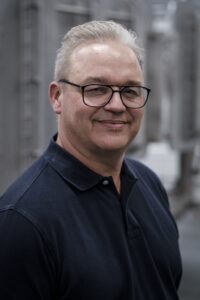 That Airbus chose to lead this project in the Netherlands is no coincidence. “A global survey of capabilities identified the Netherlands—and especially this region—as having exceptional expertise in cryogenic technology,” says Van Zwieten.
That Airbus chose to lead this project in the Netherlands is no coincidence. “A global survey of capabilities identified the Netherlands—and especially this region—as having exceptional expertise in cryogenic technology,” says Van Zwieten.
Cryoworld, traditionally focused on high-end scientific applications like particle accelerators, now finds itself on the frontlines of the energy transition in aviation. “This used to be a niche market,” notes Knol. “Now we’re applying our knowledge to sustainable flight, which perfectly aligns with our mission to build a more sustainable world. We’re proud to see our region take the lead.”
The ICEFlight project officially kicked off at the end of March and will span several years. It aims to fast-track the development of systems and components essential for hydrogen-powered aviation, leveraging the scale and technical capacity of Royal NLR’s facilities. The path to hydrogen becoming a truly competitive aviation fuel won’t be without obstacles. Both Van Zwieten and Knol emphasize the long-term nature of the challenge.
“We’re up against a century of kerosene-optimized aviation technology,” Van Zwieten says. “It will take time to reach that level with hydrogen—and we must also ensure that sustainably produced hydrogen can compete economically.”
